Salivation In Ruminants
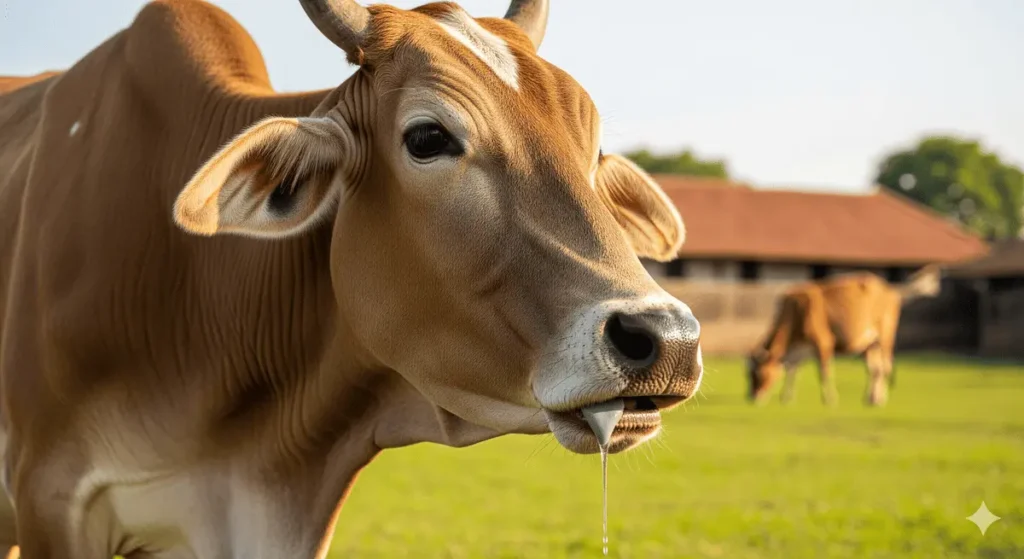
See good, it flows, smell good, it flows, taste good, it flows. Saliva, a natural gift, that makes food/feed tastier & healthier unknowingly. Digestion in a living being starts with thinking, seeing, smelling, tasting before digesting the food/feed per se. The same holds good for a ruminant too. But, the rumen’s role becomes critical in […]
Find the Best Mineral Solution for Your Dairy Farm!
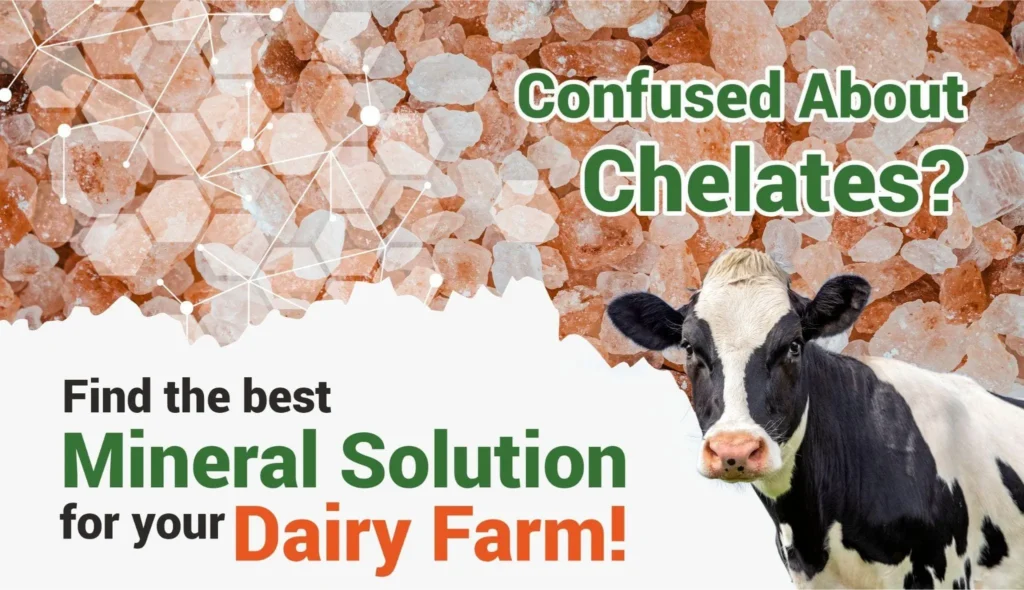
Introduction Choosing the correct mineral supplement is crucial for optimising the health and productivity of your herd. Chelated minerals offer superior absorption and bioavailability, ensuring your cows get the full nutritional benefits they require. Unlike traditional inorganic minerals, chelated forms are more easily absorbed, supporting better growth, fertility, and overall health. In this article, we’ll […]
Signs and Treatment for Vagal Indigestion in Cattle
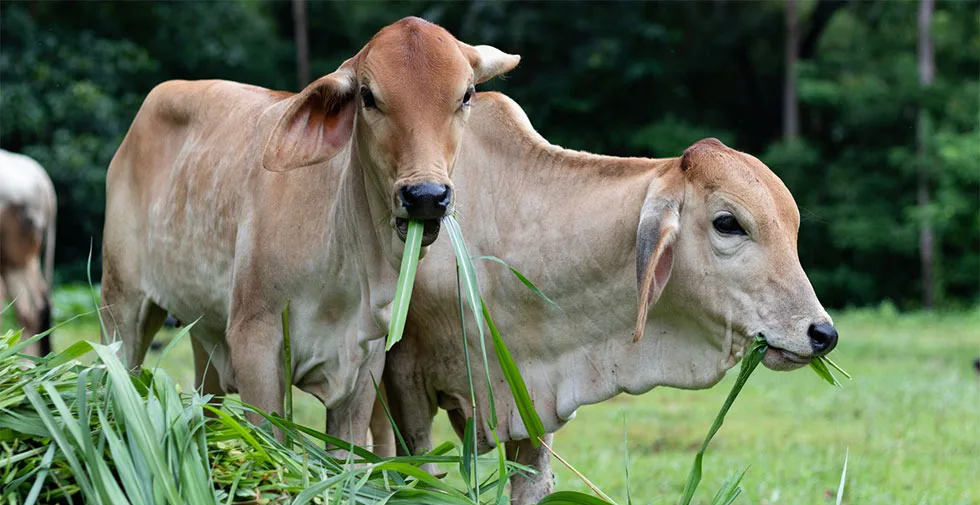
Chronic indigestion, or vagal indigestion in cattle is a condition where the stomach compartments fail to move food properly, disrupting digestion and its flow through the stomach. It is a condition in cattle, involving either functional or mechanical disturbances in the stomach, leading to symptoms like poor appetite, weight loss, dehydration, and reduced fecal output. […]
A Comprehensive Guide to Understanding Bloat in Cattle
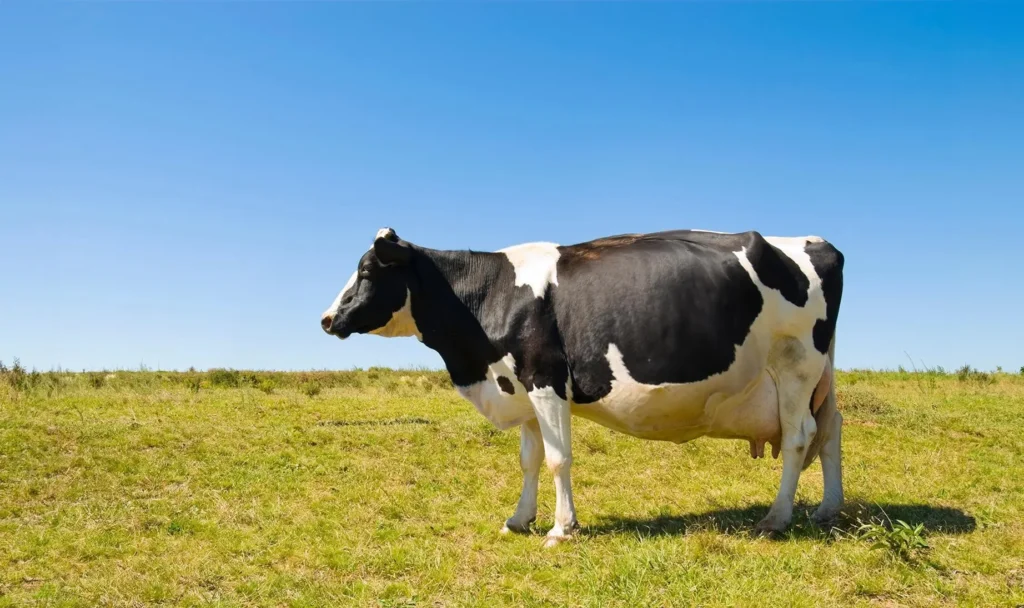
Bloat in cattle is a condition where the cattle experience excess accumulation of gas (methane and CO2) in the rumen and reticulum, leading to severe pain and potential fatalities. Bloating is also a form of indigestion risk that causes huge pressure in the chest of ruminants and often leads to cardiogenic shock. Bloat in cattle […]
Understanding Uterine Prolapse in Cattle: Causes, Treatment, and Prevention
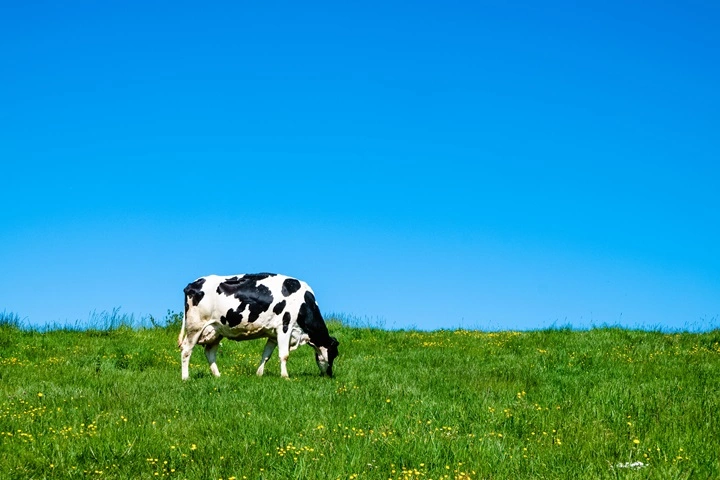
Uterine prolapse in cattle is a serious reproductive emergency that requires immediate attention. This condition occurs when the uterus is expelled through the vaginal opening, typically shortly after calving. It is essential for cattle owners and veterinarians to recognize the signs, understand the causes, and administer prompt and effective treatment to ensure the health and […]
Yoke Gall in Cattle: Causes, Symptoms, and Herbal Treatment
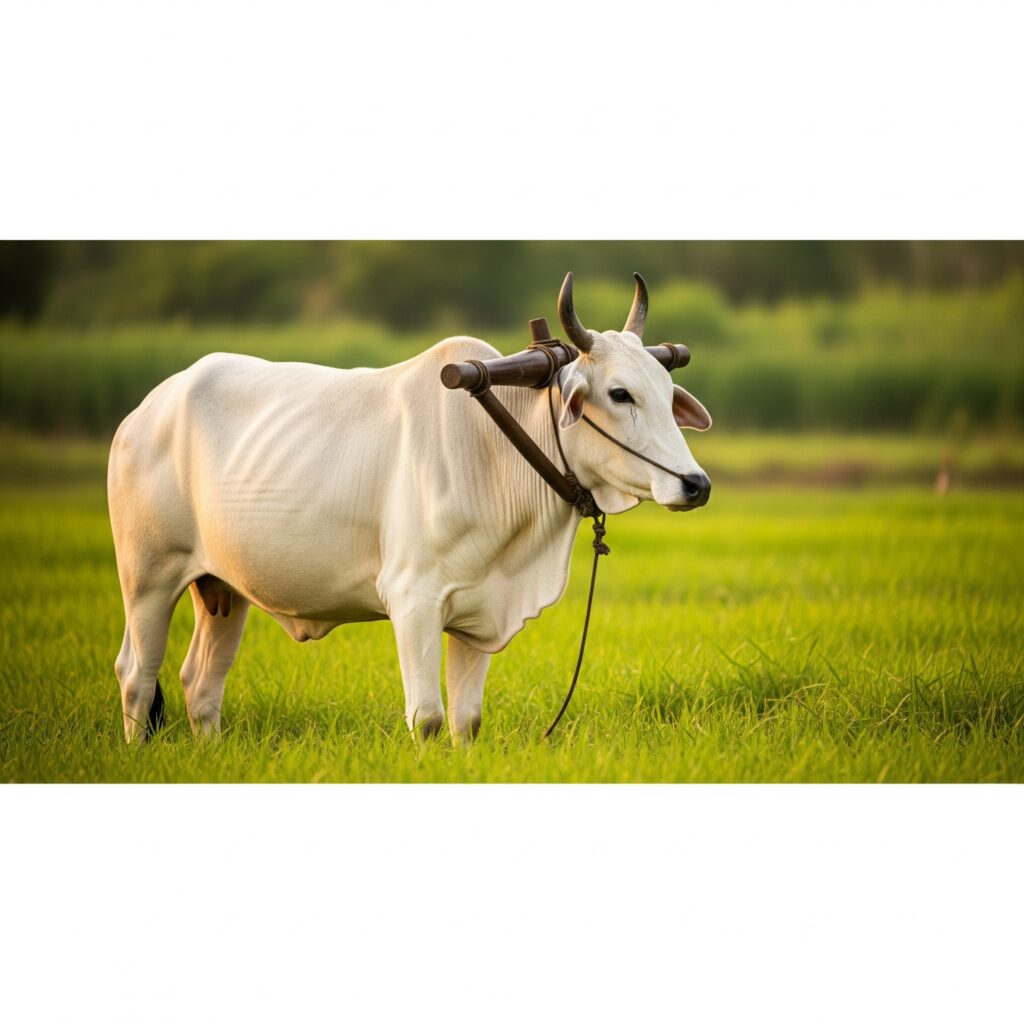
Yoke gall in cattle is a common and painful skin condition seen in working animals, especially bullocks. It occurs due to repeated friction and pressure from poorly fitted yokes, harnesses, or carts. If left untreated, it can lead to open wounds, infection, and long-term discomfort, significantly reducing the animal’s productivity and well-being. What is Yoke […]
Bovine Respiratory Disease: A Major Concern in Cattle Health
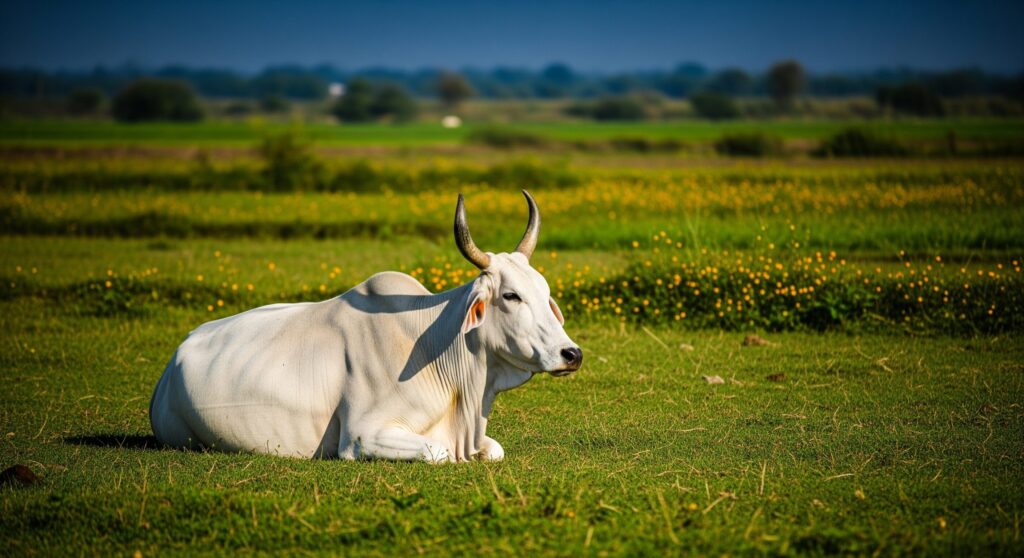
Bovine Respiratory Disease (BRD) is one of the most economically significant cattle diseases affecting the global beef and dairy industries. Also known as “shipping fever,” BRD is a complex condition caused by a combination of viral infections, bacterial pathogens, and environmental stressors. It primarily affects the lungs and airways of cattle, leading to poor performance, […]
Understanding Foot and Mouth Disease in Cattle: Causes, Symptoms, and Prevention
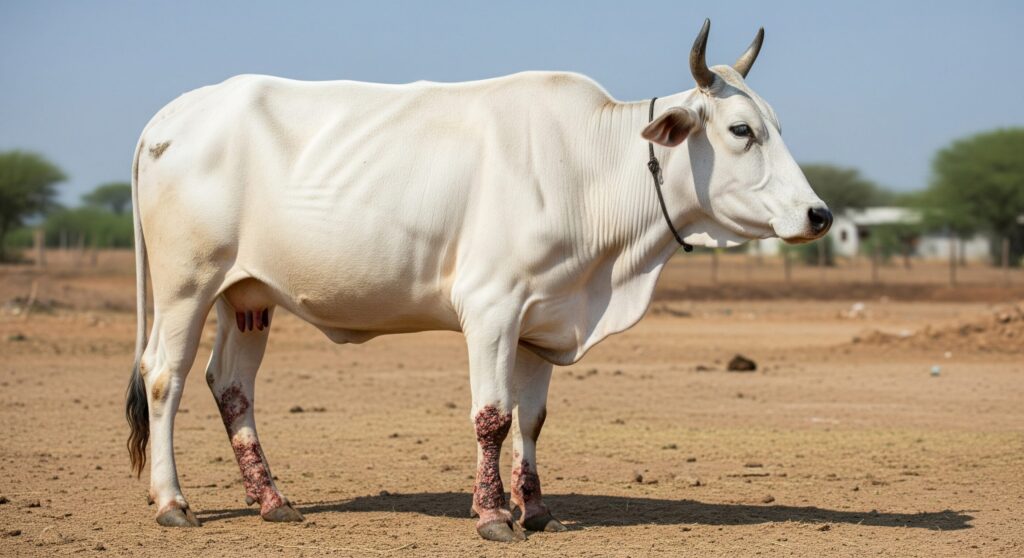
Foot and mouth disease in cattle is one of the most contagious viral illnesses affecting cloven-hoofed animals, including cows, pigs, sheep, and goats. Caused by the foot and mouth disease virus in cattle, this disease poses a major threat to animal health and the livestock industry due to its rapid spread and economic implications. What […]
Dermatophilosis in Cattle
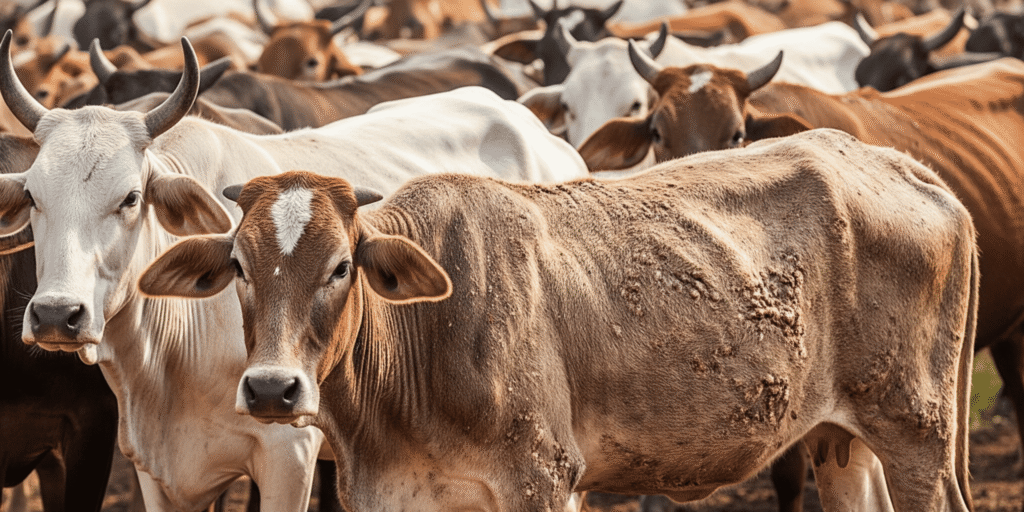
Dermatophilosis in cattle, commonly referred to as rain scald or rain rot, is a bacterial skin infection caused by Dermatophilus congolensis. This condition predominantly affects youngstock but can occur in cattle of all ages, especially during prolonged wet weather conditions. The disease is characterized by distinctive skin lesions and can significantly impact cattle health and […]
Calcium Homeostasis in Ruminants: Mechanisms and Challenges
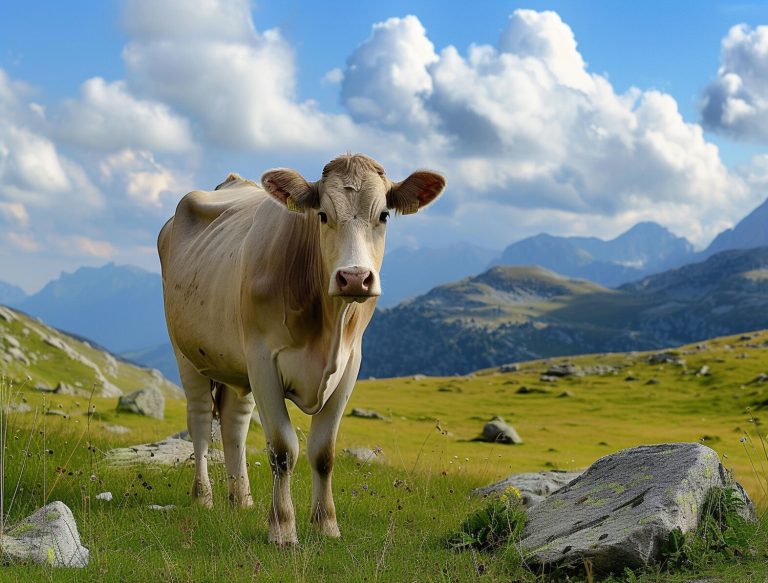
Calcium plays a critical role in a wide array of physiological functions in ruminants, including muscle contraction, nerve transmission, enzyme activity, and milk production. As such, the regulation of calcium levels—known as calcium homeostasis—is vital for animal health, especially during periods of high demand such as late gestation and early lactation. Maintaining calcium homeostasis […]









